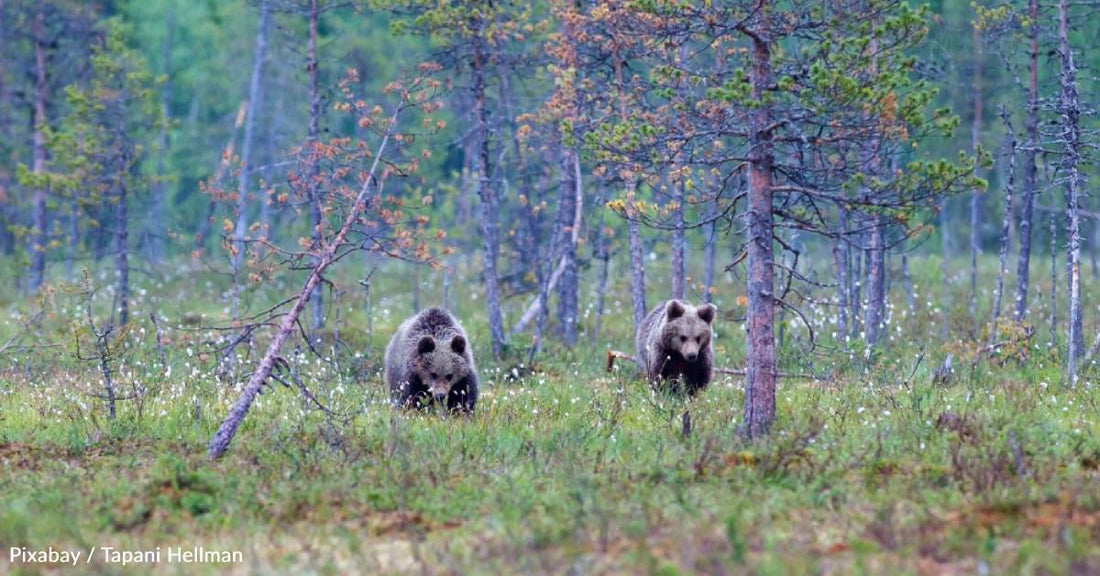Federal Wildlife Officials Looking Into Restoring Grizzly Bears to the North Cascades
Michelle Milliken
There were once tens of thousands of grizzly bears spread across land now belonging to 18 states. Those numbers fell sharply after European settlers moved westward, hunting ramped up, and lands were converted to agricultural uses. Now, there are established populations in just four areas, but federal wildlife officials are looking into restoring them to another area where they once thrived.
The National Park Service and U.S. Fish and Wildlife Service (USFWS) have announced that they are launching a new Environmental Impact Statement process to evaluate options for the restoration and management of grizzly bears in the North Cascades, located in Washington State. The species had been an integral part of the local ecosystem until they were nearly hunted to extinction. The last time a grizzly was confirmed to be in the area was in 1996. The hope is that restoration may help the species recover and ultimately be delisted under the Endangered Species Act.
North Cascades National Park Superintendent Don Striker says, "This is a first step toward bringing balance back to the ecosystem and restoring a piece of the Pacific Northwest’s natural and cultural heritage. With the public’s help we will evaluate a list of options to determine the best path forward."
Livestock producers in other areas with grizzly populations have often been critical of continued protections for grizzlies. To help address possible clashes, the agencies are looking into including a 10(j) experimental population designation, which provides more options for managing the species.
Hugh Morrison, acting regional director of the USFWS, says, "By designating bears in the area as a 10(j) experimental population, the agencies can have more flexible options available for management. This would give authorities, ranchers, and landowners more options for managing bears to reduce or avoid conflicts while focusing on recovery. The 10(j) experimental population designation would benefit the people and property in local communities, as well as the grizzly bears."
The new process comes as a prior EIS effort for the same area was terminated by the Department of the Interior in 2020. It had been started in 2015 and was looking into a trapping and relocation process.
If you'd like to share your thoughts, public comments are being accepted. To find out how to share them, click here.
Should the bears be restored to the North Cascades, they'd constitute the fifth established population of grizzlies in the lower 48. The others are the Greater Yellowstone, Northern Continental Divide, Selkirk, and Cabinet-Yaak ecosystems.
Michelle has a journalism degree and has spent more than seven years working in broadcast news. She's also been known to write some silly stuff for humor websites. When she's not writing, she's probably getting lost in nature, with a fully-stocked backpack, of course.























